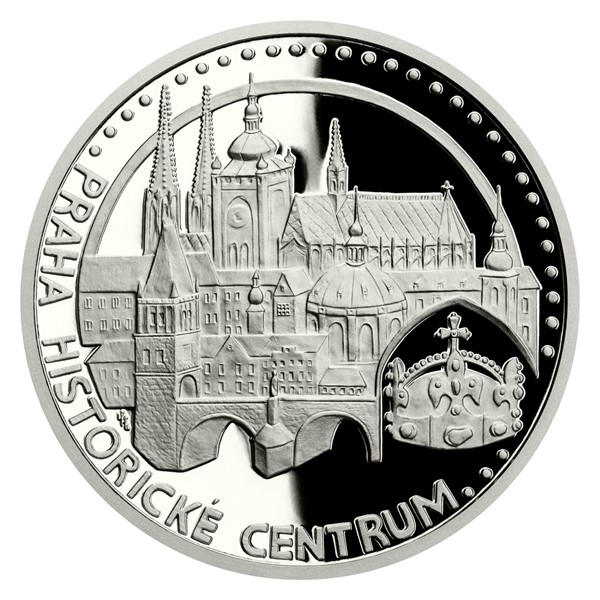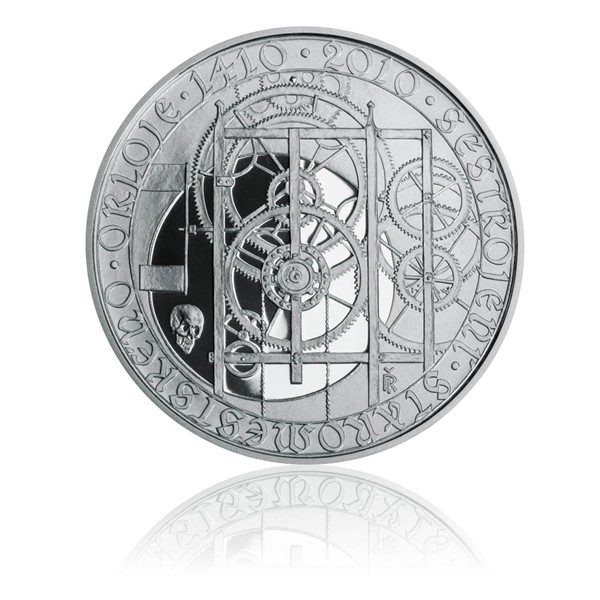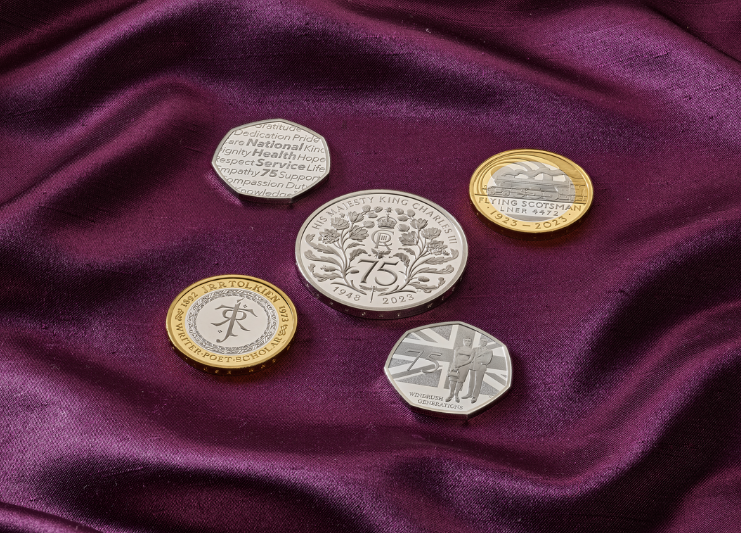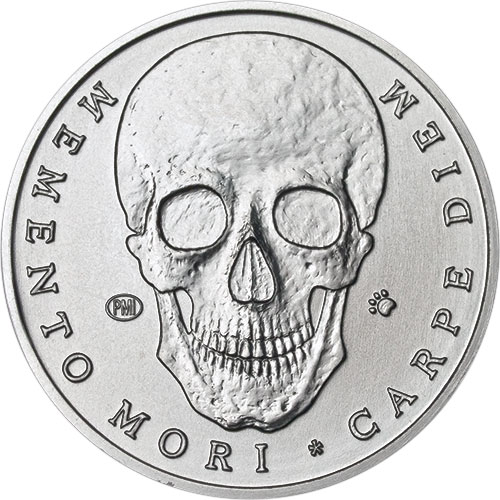Great News On Engraving Prague Mint Coins
Wiki Article
How Do Artists Design And Sketch Gold Coins And Medals?
Artists employ various techniques to create sketches and designs for gold coins or medals, adapting traditional methods or utilizing digital tools for visualizationHand-Drawn Sketches
Pencil or pencil SketchesArtists typically begin with preliminary sketches using pencils or pens on paper. These sketches will help you conceptualize and plan the layout and style of your coin or medal.
Detail Rendering: Artists refine sketches and adds more details. They also define contours and improve the overall composition. This phase could involve several iterations.
Inking and Tracing. When the pencil sketch is complete and the artist is happy with it, they can trace or ink over the final design. This creates a sharper outline. In this case, it is common to trace the pencil sketch on a different sheet or use tracing paper.
Incorporate depth and shading. Artists employ shading to give realism to emphasise particular design elements.
Digital Design Creation
Graphic Design Software. Artists who have a solid background in digital design are more likely to employ Adobe Illustrator or Photoshop. They may also use special 3D modeling programs. They create the medal or coin digitally using tools for precision and scaling.
Vector GraphicsDigital design is usually created with vector graphics. Scalability can be achieved without compromising quality. The design can then be resized to fit different sizes of coins, without losing clarity.
3D Modeling - A 3D modeler is utilized by skilled artists to visualize their metal or coin designs in three dimensions. This will give a better illustration of the final design, and allows you to better understand the way it will appear.
Visualization and rendering- Artists can render the digital design, to simulate the appearance or the finished coin, by applying different designs, textures, or effects.
The hand-drawn and digital techniques for design require artistic talent, attention to detail as well as a thorough understanding of technical requirements and specifications to mint coins or medals. Artists might choose a method that best suits their expertise, client's requirements, or aesthetic preferences. Check out the top rated drawing Czechoslovakia gold medals site recommendations. including valuable gold dollar coins, gold coin 24k price, liberty head nickel, st gaudens double eagle, order gold coins, bullion dealers, silver double eagle, buy gold and silver, 2000 gold dollar, mexican gold coins and more.

What Are The Reasons Why The Dies Used Strike Gold Coins And Medals Undergo Vacuum-Hardening Processes
The process of forming a vacuum for dies in striking gold medals or coins involves subjecting the dies to extreme temperatures and controlled environments in a vapor furnace. This article will provide an overview of the process of vacuum hardening of dies.
To prepare dies that will be used to strike the coins or medals, they need to be free of any contamination or residues.
Loading Vacuum Furnace
Die dies are placed in the vacuum chamber.
Evacuation of Aircraft
Vacuum furnaces remove air from chambers, creating an oxygen-free environment. This prevents oxidation and ensures uniform heating.
Heating Phase
The furnace will be heated to a certain temperature in order to harden the dies. The temperature range depends on the material used and the hardening process.
Soaking in High Temperatures
The dies must be held at the high temperature for a certain duration to allow the material to reach and maintain its desired hardness.
Cooling or cooling down
After the soaking process, dies must be quickly cooled by specialized methods. The rapid cooling process locks in the desired hardness and strength of the material.
Tempering (Optional)-
In certain cases, tempering can follow the process of hardening. To increase strength and reduce internal stress, dies may be heated to a lower temperature.
Quality Control and Inspection
Dies that are hardened must go through rigorous quality inspections and control in order to achieve the desired strength, hardness or tolerances.
Post-Treatment Handling-
The dies will then be later subjected to further treatment including polishing or coating, before being used for the strike of the coin or medal.
The process of vacuum hardening increases the wear resistance, durability, and lifespan of the dies used to create gold coins or medals. The process of hardening by vacuum is a reliable and consistent way to harden dies in a controlled and safe environment free of any contaminants. Have a look at the recommended vacuum hardening Czechoslovakia gold coins site tips including gold sovereign coins, canadian gold maple leaf, 1 oz gold bars, buy gold bullion, price of 1 oz of gold, buying silver, gold silver dealers, mexican gold coins, 1999 gold quarter, angel coin and more.

How Do Gold-Plated Coins And Medals Get Their Protective Coatings?
Here are a few various coating methods that are used. Here are the various coating methods employed to protect your precious items. Coatings-
Clear Protective Film (Varies). This clear protective film, which could comprise lacquer or a polymer, helps protect the exterior of the coin from oxidation. The coating is designed to preserve the coin's or medal's original appearance, and also protects the underlying metal.
Enhancement Appearance
Gold plating or Gilding - A thin layer of gold is applied to gold medals or coins. This process enhances the appearance of a coin or medal, adding lustre and luxury to it.
Aesthetic Aspects
Patina or Antique Finishes Specialized coatings or chemical treatments are used to achieve an antique finish. This adds depth and character to the design, by creating an aged and oxidized look.
Colorization and Coloring- Certain parts of a coin or medal coins are colored with specific coatings or enamels. This can be done to highlight specific design elements, create the visually appealing designs.
Anti-Tarnish Coatings-
Anti-Tarnish Solution – If your coin or medal features intricate designs or certain areas that are susceptible to tarnish, you may wish to apply anti-tarnish solution. These coatings stop the surface of the metal from oxidizing or discoloring over time.
Specialized Coatings to Ensure Security or Authentication
UV-Reactive Coatings and UV-Reactive Coatings and Coatings: Some coins or medals have coatings that are UV reactive, revealing the hidden elements or encryptions used for security reasons or authentication.
Selective Coatings for Contrast
Removal of selective coatings- In some cases coatings are removed selectively from certain areas of the coin or a medal to create contrast between polished and covered surfaces, while highlighting design elements.
Every coating process is developed to achieve a particular goal. This might be to enhance security or aesthetic features or to protect the metal. These coatings can significantly impact the aesthetic appeal and durability of gold medals or coins and increase their value and desirability for collectors or enthusiasts. Check out the best coating Czechoslovakia gold coins blog info. including buy gold bars from bank, saint gaudens double eagle, chinese gold coins, maple leaf gold coin, 50 pesos gold coin, gold silver shops near me, five dollar gold coin, kruger rand, $20 gold coin, gold one dollar coin and more.

How Is Gold Fed Through The Coin Presses And Then Stamped With High-Pressure While Minting?
In the process of minting the gold coins and medals are made by pressing them under pressure. Here is a quick overview of the process involved in loading blanks.
In the feeder system connected to the press, gold-plated blanks are prepared prior to the press and quality checked. This feeder system ensures an ongoing supply of blanks to the press.
Feeding Blanks to the Press
The system of feeding is designed to move the blanks in one-by-one into the striking chamber. This allows for precise positioning of the blanks.
Alignment and Positioning
The blanks inside the press chamber are positioned, aligned, and oriented perfectly to allow for stamping.
Striving Under Pressure
The coin press uses two dies, one stationary and the other that moves. The stationary coin die provides negative images of the coin design. The moving die acts as a hammer to hit the blank while the stationary one includes the positive impression.
The moving die hits the blank with considerable force and then transfers the design onto the blank's surface. Die presses the design and create raised relief on the coin or medal.
Repeated Striking-
To create a clearer image or to create a more precise design Multiple strikes can be used on higher-quality coins and medals, specifically proof editions. Each strike improves the surface details of the blank.
Ejection & Collection
The newly struck coins or medals will be removed and put in containers or trays when they've been struck. The stamped designs are inspected for quality and ensure they meet specified standards.
Post-Processing-
If the mint requires it, they may also apply other processes, such as edge lettering, reeding the edges, or post-strike treatment.
Stamping gold blanks with high-pressure is essential since it transfers the desired design to the blanks of gold. Then, they are transformed into finished coins or medals ready for collection, circulation or for commemoration. This process is extremely precise because any variations in alignment or pressure can impact the appearance and quality of the end product. Check out the recommended minting Prague Mint gold coins more advice. including $5 gold coin, old coins, 1 oz gold buffalo coin, bullion bars gold, 1 10 oz gold eagle, british sovereign gold coin, golden and silver, gold price coin today, 1 oz gold bars, coins and gold and more.
